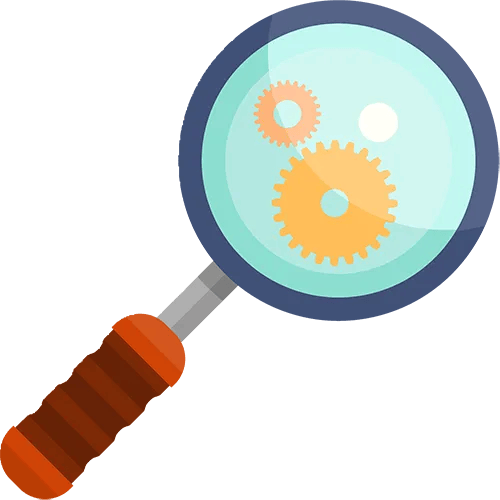Minor Symptoms, Major Hidden Risks
What is Geriatric Depression and Anxiety Disorder
Geriatric depression and anxiety disorder generally refers to the appearance of depressive disorders and anxiety attacks in individuals aged 60 and older, and is a common mental disorder among the elderly. The core symptoms of depressive disorder include a low mood (depressed mood), anhedonia (reduced appetite), and diminished interest, and may also include sleep disturbances (insomnia) and cognitive decline (memory loss), among others.
Geriatric depression and anxiety disorder is often regarded as a part of elderly life, and is not fully recognized or diagnosed. It has been shown to be associated with significant negative consequences, such as poor quality of life, difficulty in daily living activities, comorbid physical illnesses, premature death, and cognitive impairment.
Therefore, strengthening the awareness and management of depression and anxiety symptoms in the elderly is very important. As long as patients meet the clinical diagnostic criteria for depression and anxiety, timely treatment is necessary.
Which Elderly People are Prone to Depression and Anxiety
The causes of geriatric depression and anxiety disorder are complex and often accompanied by physical illnesses, which may influence each other. For instance, depression in the elderly can increase the incidence of dementia; among those with coronary heart disease and hypertension, the incidence of anxiety disorders accounts for almost half. The susceptible populations for geriatric depression and anxiety disorder include the following categories.
1
Lacking emotional support
2
Experiencing negative events
3
Patients with chronic diseases
4
Long-term medication users
5
Individuals with stubborn personality traits
How to Treat Depressive Anxiety in the Elderly
For patients with geriatric depression and anxiety disorder, treatment mainly includes medication and psychological therapy. Medication treatment is prescribed by specialized physicians, and most medications may need to start at a low dose, with gradual adjustments; they should not be suddenly discontinued after being taken for a period of time, and medication adjustments require guidance from specialists with regular follow-up.
In terms of psychological intervention, it should be led by specialists, while patient and family cooperation is also required. The treatment plan needs to be practical, feasible, and flexible to meet the needs of patients and caregivers to the greatest extent.
Therefore, when formulating the initial psychological treatment plan, the involvement of family members and patients is necessary, and it may require continuous assessment and updates. As family members of patients, they should stand at the front line of treatment, just like doctors, to do the following.
1
Pay attention to the psychological state of the elderly, provide care and companionship, and avoid showing annoyance, rejection, dissatisfaction, or hostility.
2
Ensure nutritional intake and actively treat underlying physical illnesses; encourage regular daily routines, active participation in recreational activities and group engagements, such as playing chess, practicing calligraphy, and playing cards; increase interpersonal interactions for the patient and enrich their daily life.
3
Encourage and accompany patients to engage in outdoor activities; moderate exercise is the most effective and natural “medicine” against depression. Treatment of elderly anxiety and depression requires us to improve and establish a multidisciplinary team care model involving specialized doctors, community health care workers, social workers, and family members, promoting the transition of elderly patients from clinical symptom relief to comprehensive functional recovery.
Other Treatment Methods
In addition to oral medications and psychological interventions, there are physical treatments including electroconvulsive therapy, repetitive transcranial magnetic stimulation, vagus nerve stimulation, and deep brain stimulation, as well as methods such as light therapy and sleep deprivation that are still under research. However, the aforementioned treatment methods have not yet yielded clear research conclusions in elderly anxiety patients and require further validation.
Currently, common approaches taken by anxiety patients to regulate their physical and mental states include yoga, painting,


